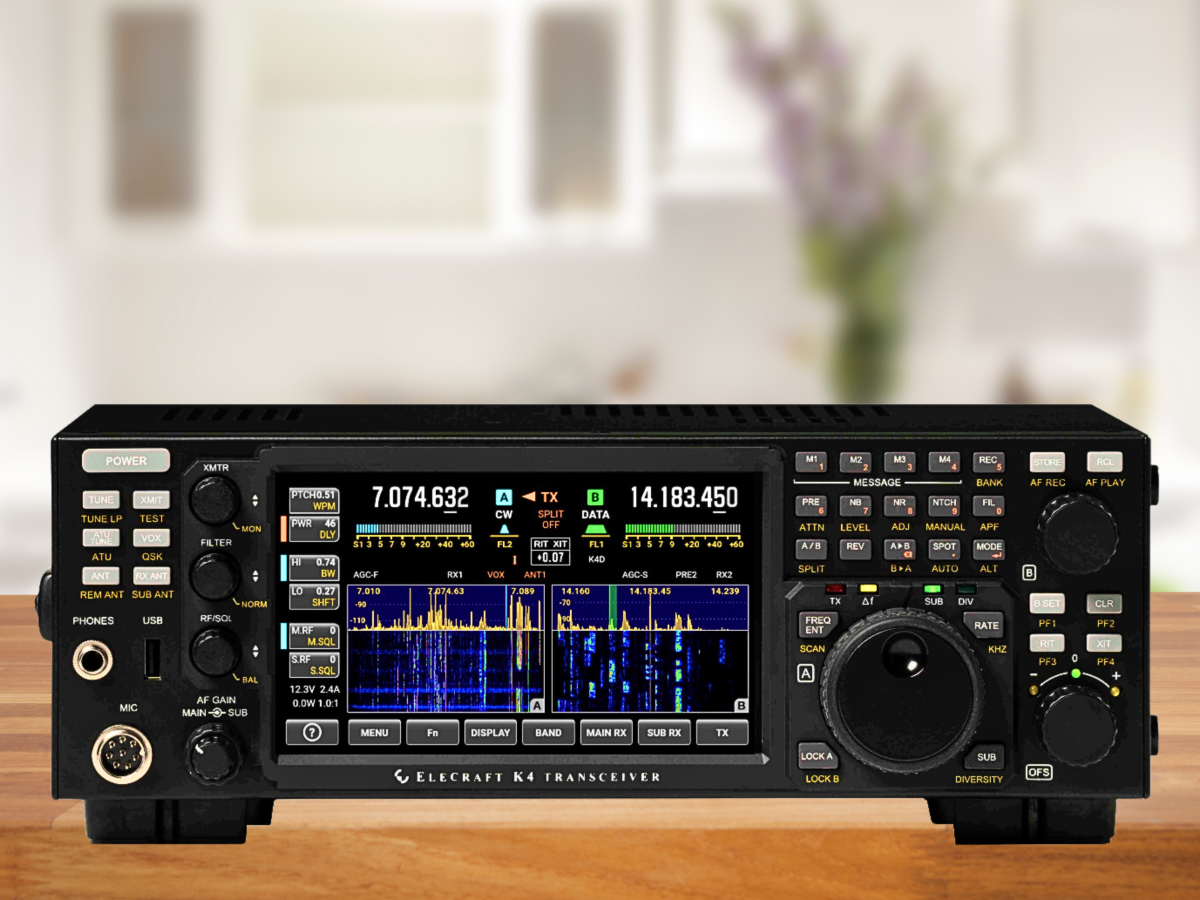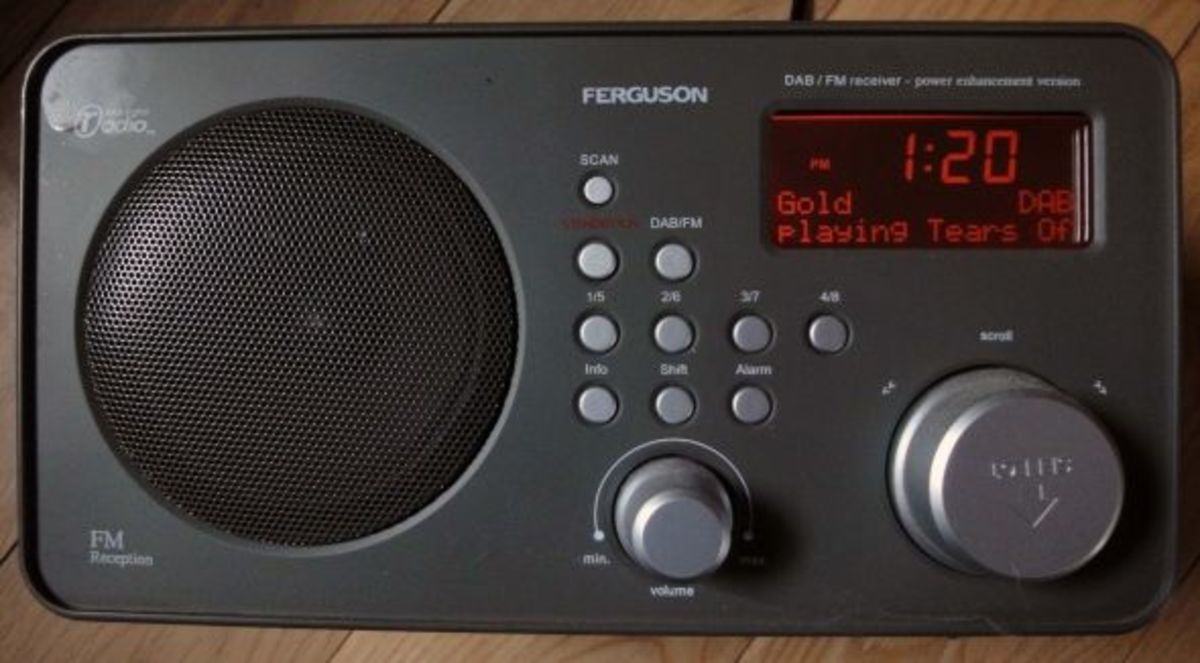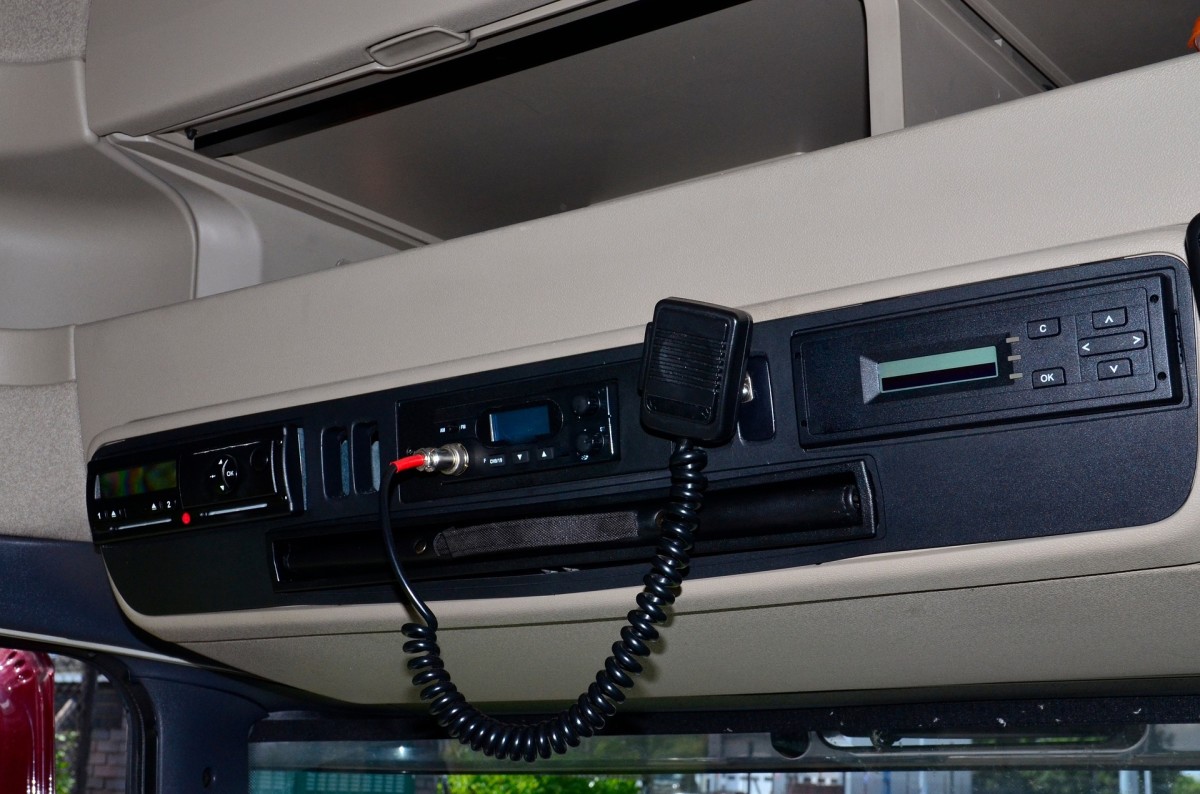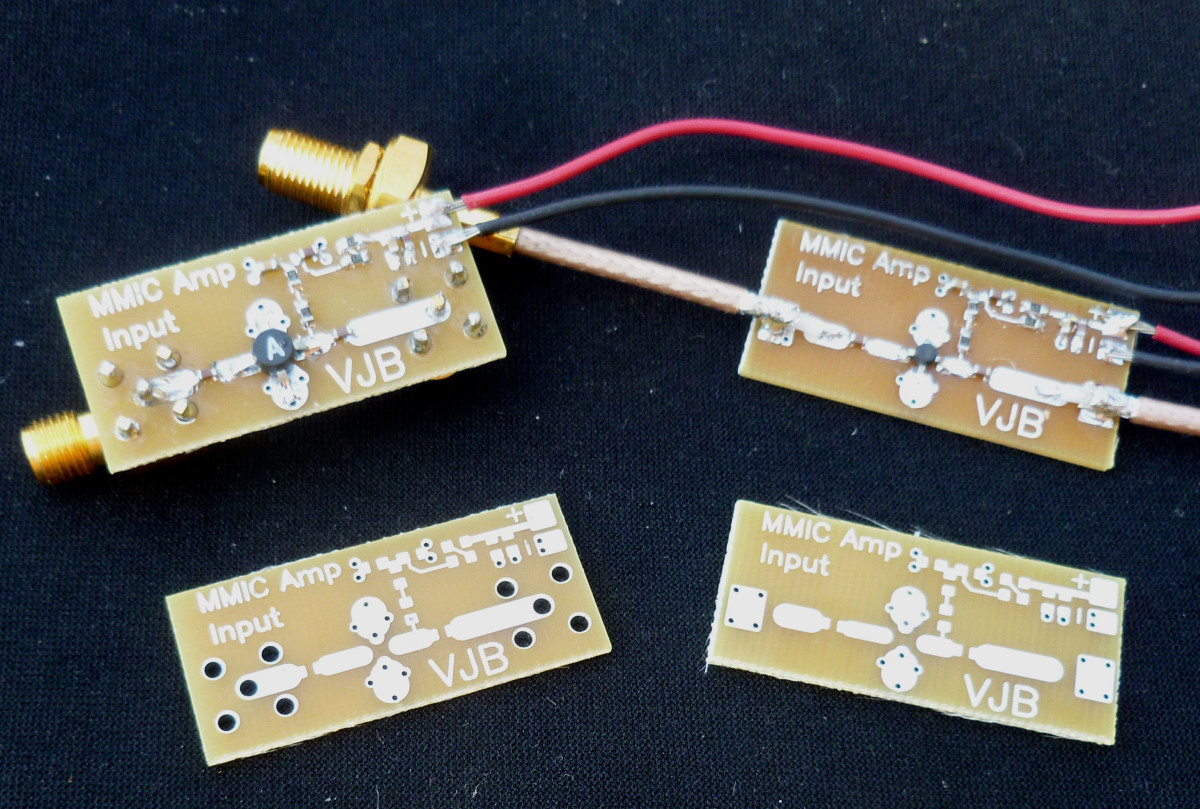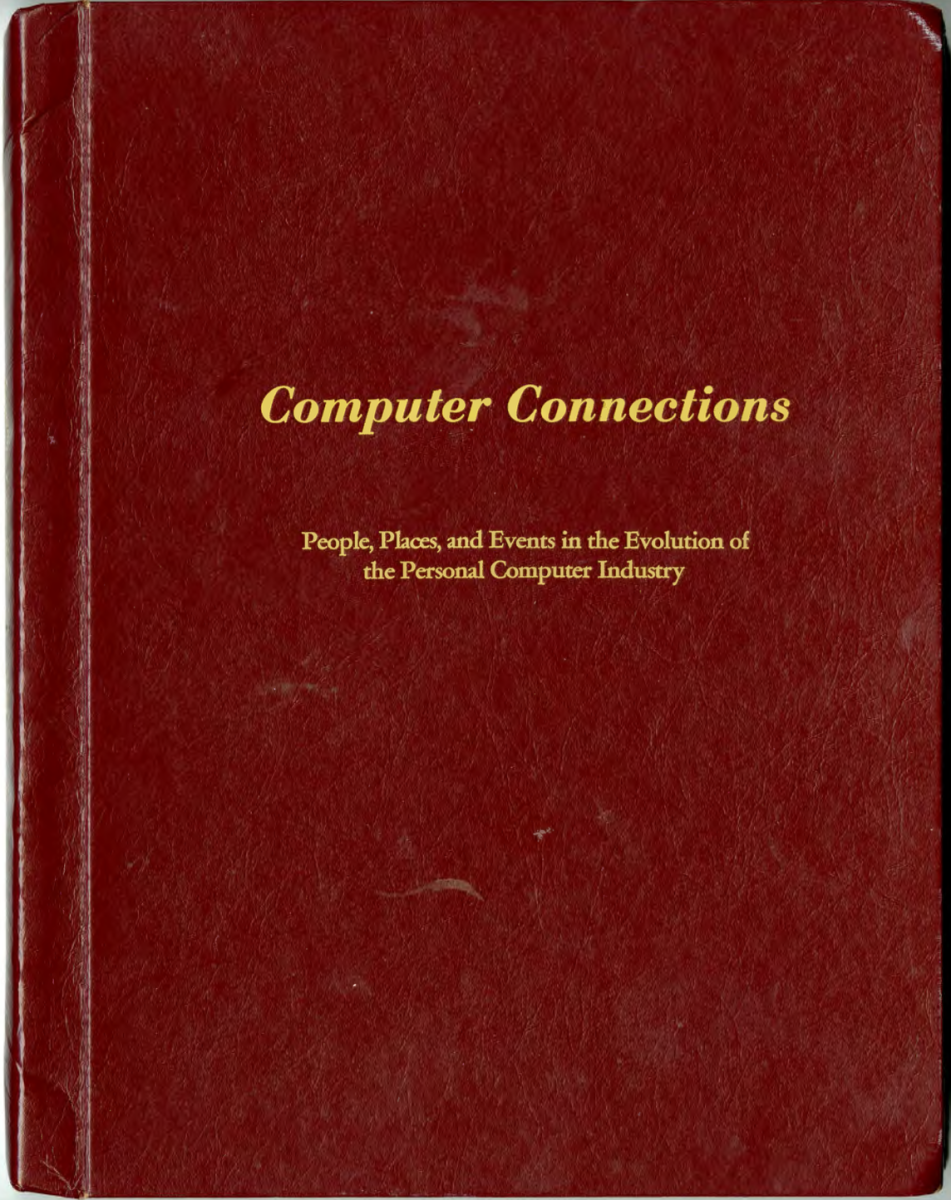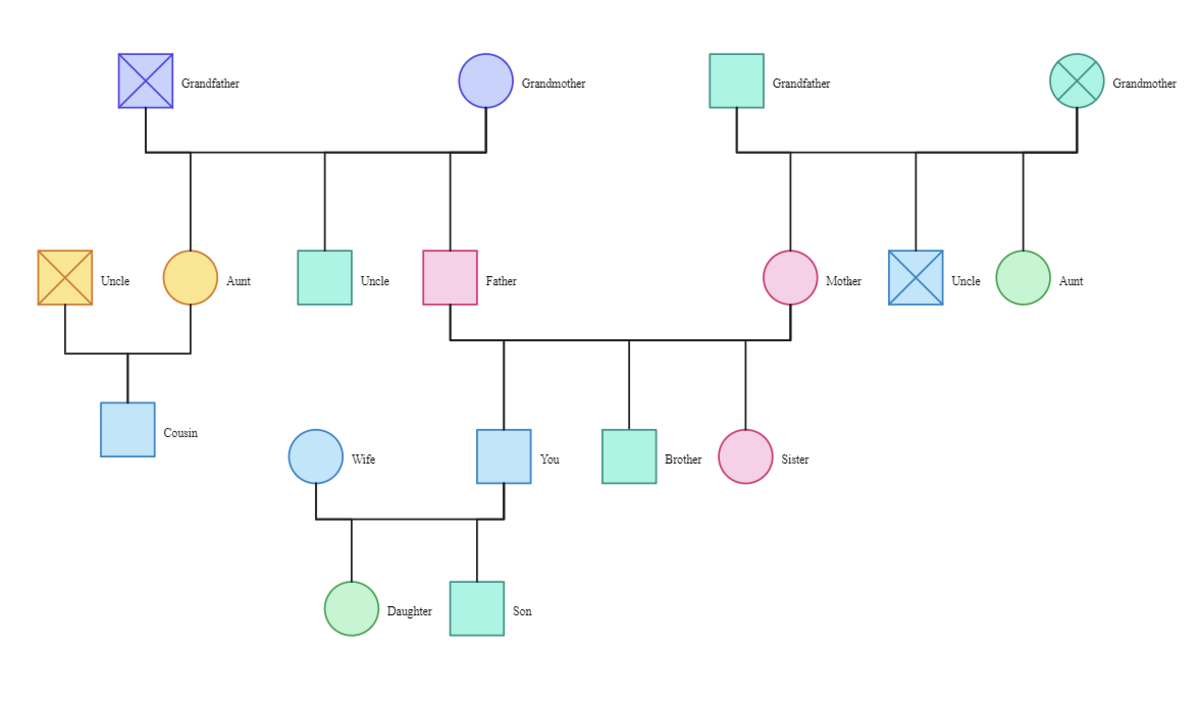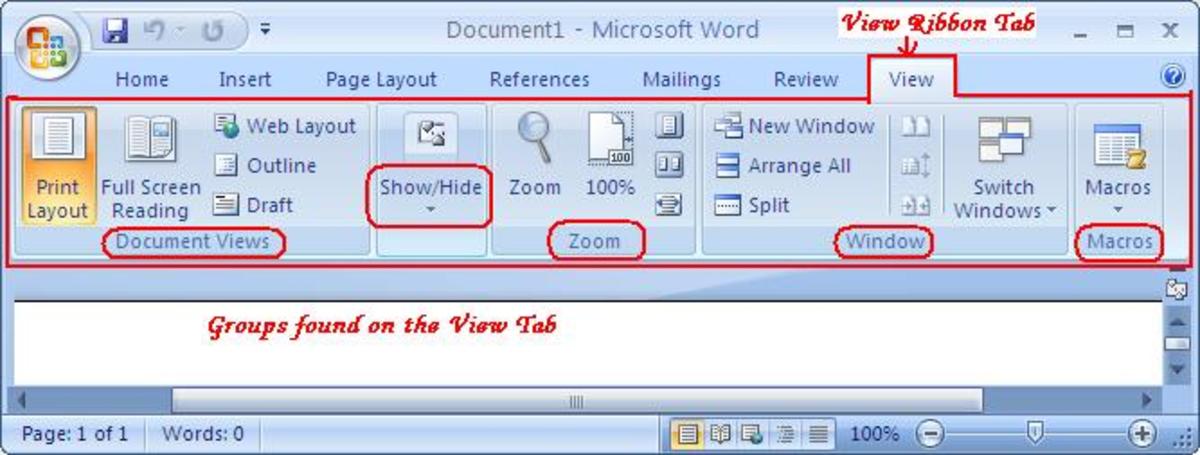What Is Software Defined Radio?
What Is Software Defined Radio?
Traditional radios like an AM/FM radio are called hard-ware defined radios. Software defined radio or SDR, also called a software programmable radio, uses software to manage the digital signal processing and avoid many of the problems of traditional radios.
The SDR radio has a set of tunable radio frequency or RF components, allowing it to operate on a wide frequency range. Software defined radios can run on Wi-Fi, WiMax, GSM and WCDMA. They are typically able to run multiple access technologies like CDMA, OFDMA and SDMA. [1]
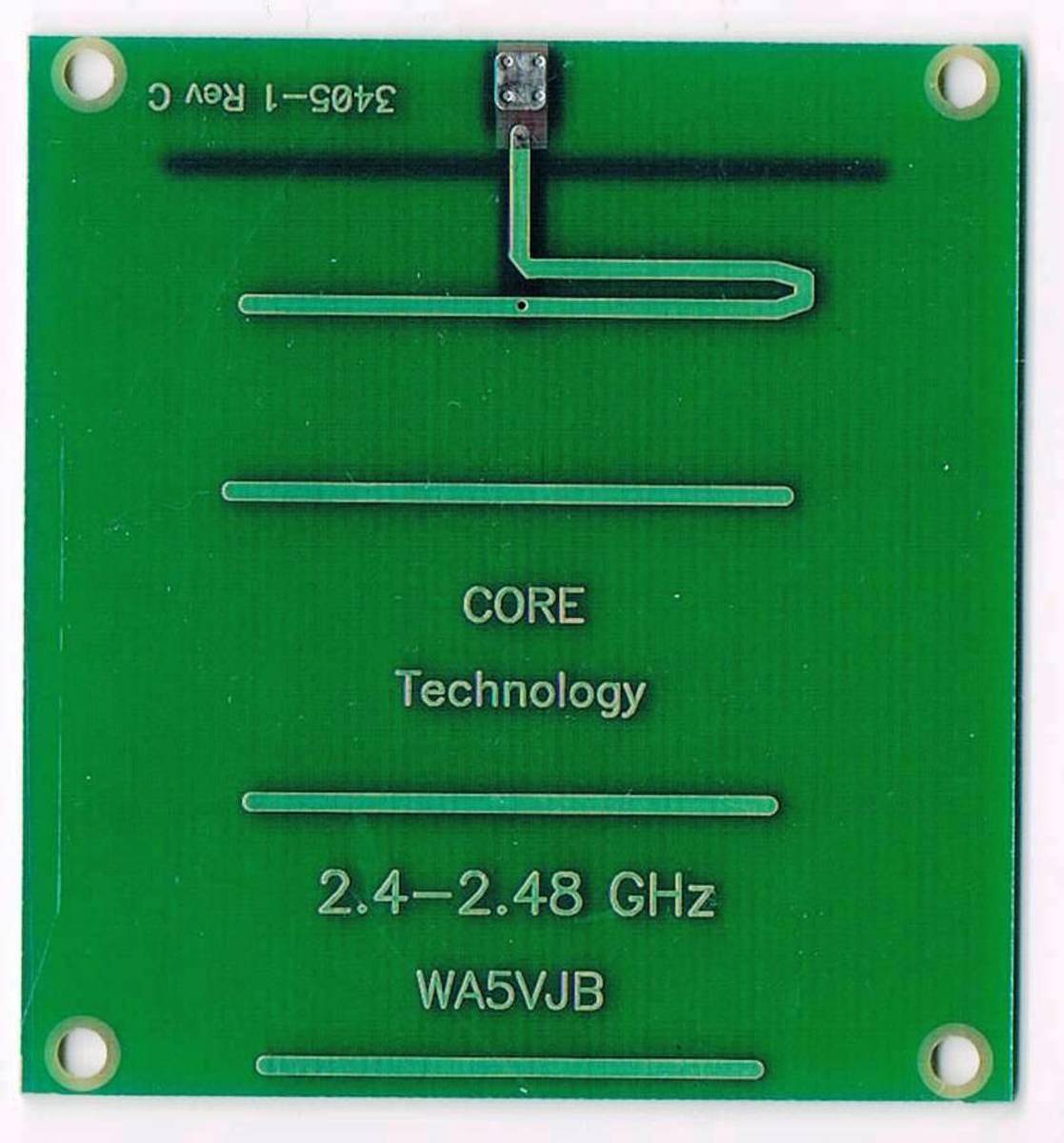
SDR Hardware
A software definable radio has multiple software-adjustable components. Generally, an SDR has a software tunable filter, impedance synthesizer, power amplifier, duplexing device, antenna and data converter. They have tunable up-converters as well as down-converters.
Most have power management circuitry. Some software defined radio designs place a digital signal processor between the analog to digital converter and the computer. Many SDR have a modulator / demodulator controlled by the software. Some units let the users control the modulators manually. [3]
SDR components can be divided into the analog domain and the digital domain. The digital signal processor or DSP is in the digital range. The ADC and DAC are considered on the border between the digital and analog domains. The rest of the components, like the tuner and signal generator are in the analog range.
According to "Being Mobile" by William Webb, the perfect software defined radio would consist of an ultra-wide frequency antenna connected to an extremely fast analog-digital converter. Then the software would handle the signal processing and conversion.
In theory, a good front end Radio Frequency (RF) amplifier and highly selective digital filter will prevent most interference.
SDR Software
Software development radio applications can be written in Radio XML or RXML. [2] GNU Radio is an open source software for SDR. [3]
WinRadio, sometimes called WiNRADiO, is SDR software is written for the Microsoft Windows OS.

Advantages of SDR
Software defined radios or SDR are a promising technology. Also called software tunable radios, they are generally interoperable with almost any other type of radio. They are supposed to handle multi-mode issues and meet most wireless communication standards.
SDR have nearly seamless connectivity. And emergency response personnel can replace multiple communication systems with a single SDR.
SDR or software defined radios are easily upgraded via a software upgrade instead of swapping out hardware, though you can always benefit from a better filter. Furthermore, the SDR captures signal information in a file, allowing conversations to be saved and even deciphered later.
SDR supports multiple users on the same bands. It can support a variety of quality of service or QoS levels.
SDR and Cognitive Radio Technology
Cognitive radio technology includes software defined radios (SDR) and developed as a result of SDR. Cognitive radio uses a cognitive engine and sensors to manage the radio's hardware resources. Cognitive radios are capable of dynamic spectrum management. Cognitive radio is more advanced than SDR. For example, the cognitive radio can adjust its operations to meet quality of service levels. It can create new waveforms by itself. Cognitive radio theoretically can learn to negotiate a new interface without a software upgrade to handle it, essentially performing an internal software upgrade.
The FCC says cognitive radio is a radio that can change its transmitter parameters based upon interaction with its environment. [5] The FCC does not require a radio to be field programmable to be classified as a cognitive radio.
Software Defined Radio Standards
The European Telecommunications Standards Institute or ETSI has begun studying software defined radios and cognitive radio technology. ETSI TR 102 839 covers the multi-radio interface for SDR and the mobile device architecture. ETSI TR 103 062 covers the use cases for SDR reference architecture in mobile devices like smart phones.
ETSI TR 102 803 outlines potential regulartory needs to address SDR. ETSI TR 103 064 considers the cost and business needs that arise when SDR is used as part of the public safety domain, such as when SDR are used by fire fighters and police.
References
1. "Cognitive Radio, Software Defined Radio, and Adaptive Wireless Systems" by Hüseyin Arslan
2. "Cognitive Radio Architecture: The Engineering Foundations of Radio XML" by Joseph Mitola III
3 "Wireless Reconnaissance in Penetration Testing" by Matthew Neely, Alex Hammerstone and Chris Sanyk
4. "Microwave and Millimeter Wave Circuits and Systems " by A. Georgiadis, H. Rogier, Luca Roselli and Paolo Arcioni
5. "Tactical Wireless Communications and Networks" by George F. Elmasry
6. "Being Mobile: Future Wireless Technologies and Applications" by William Webb

